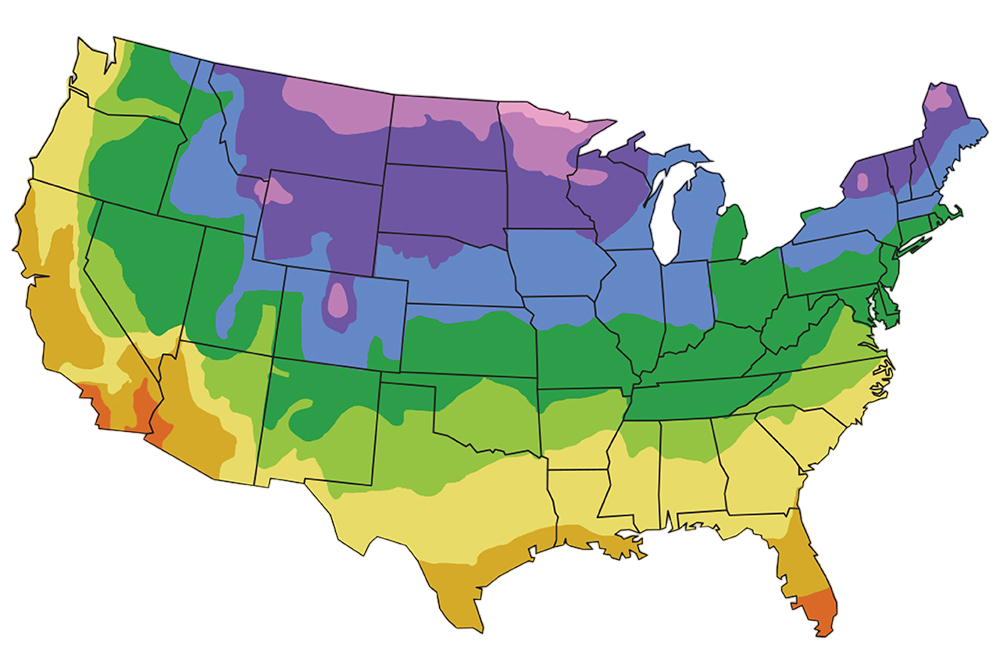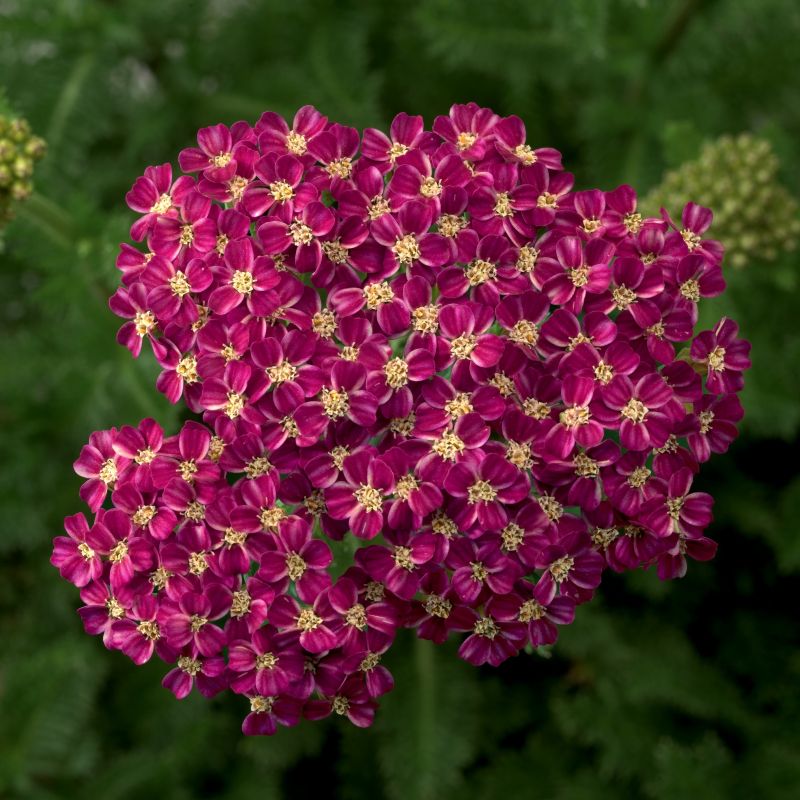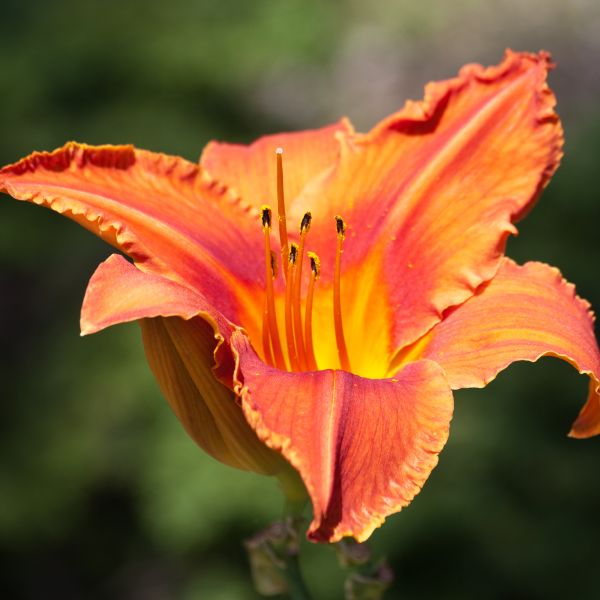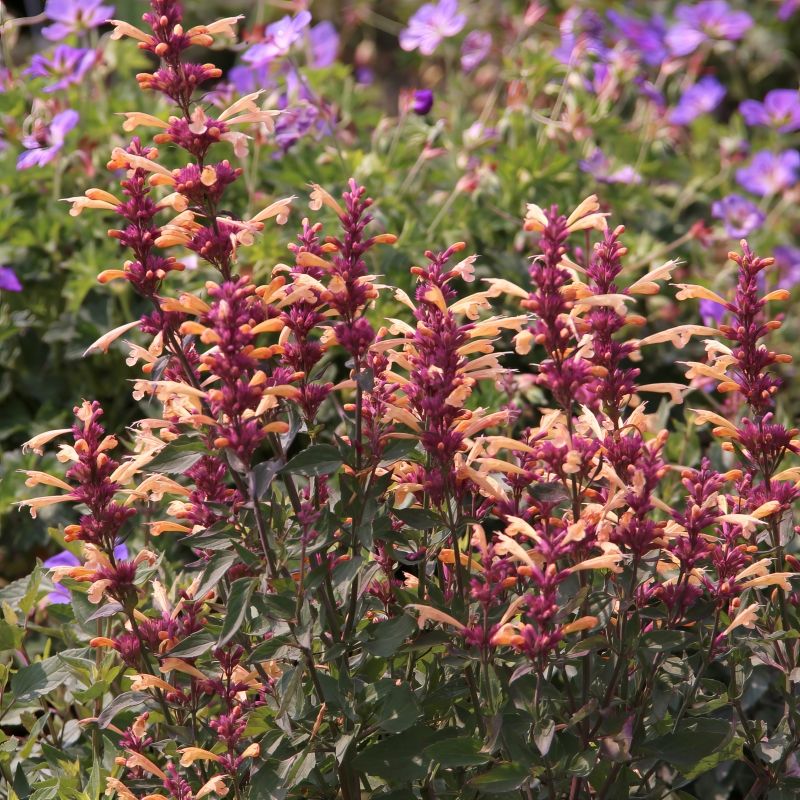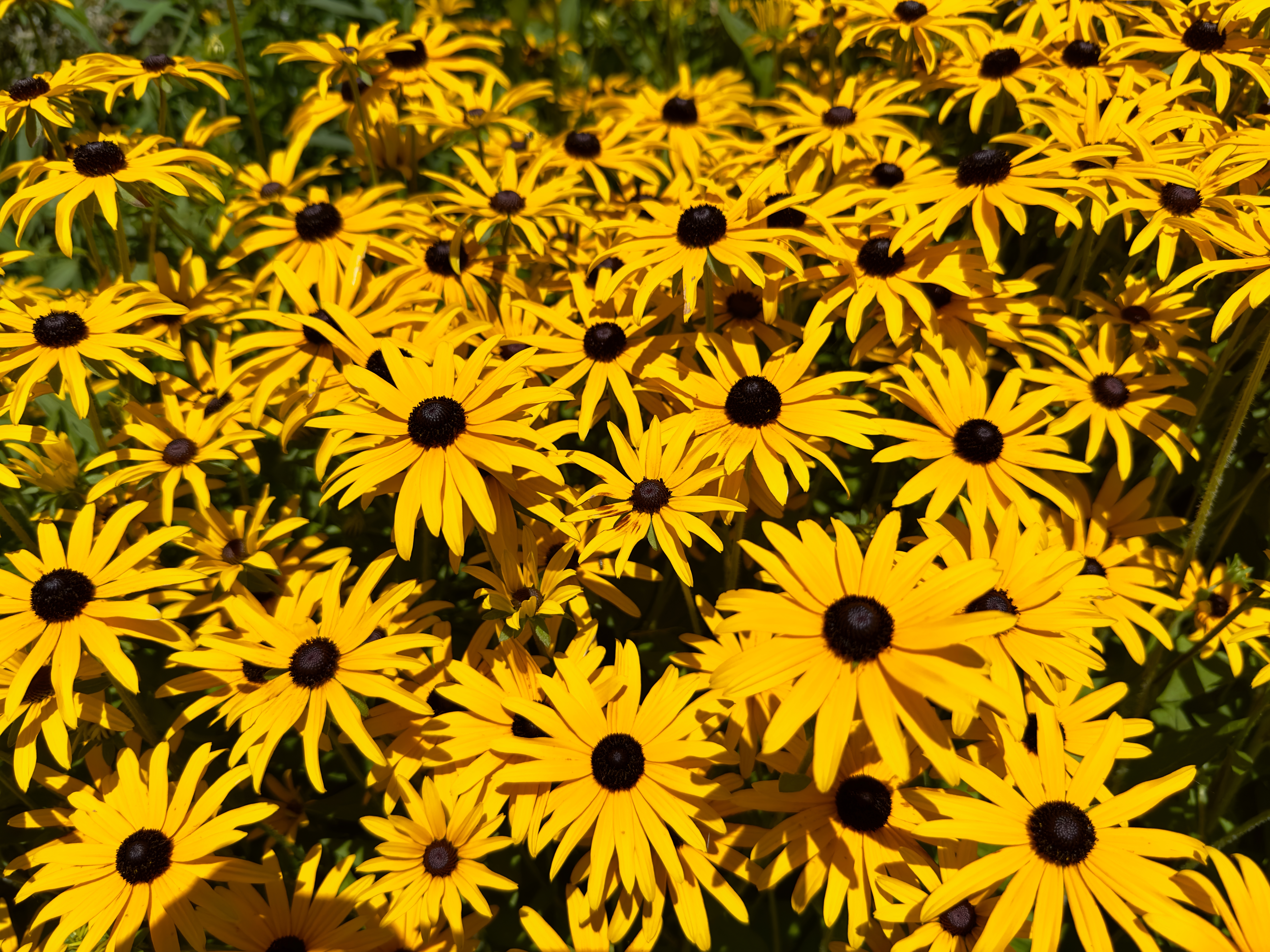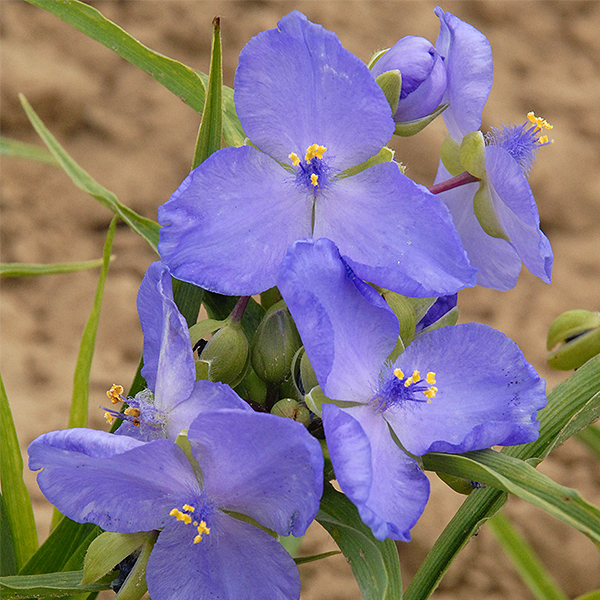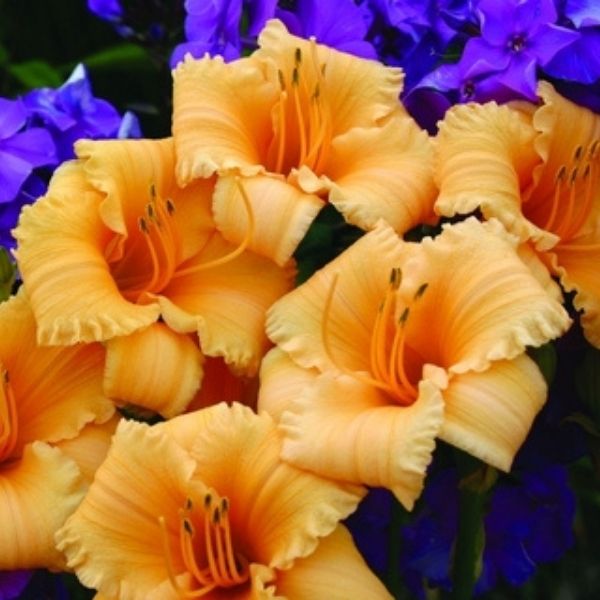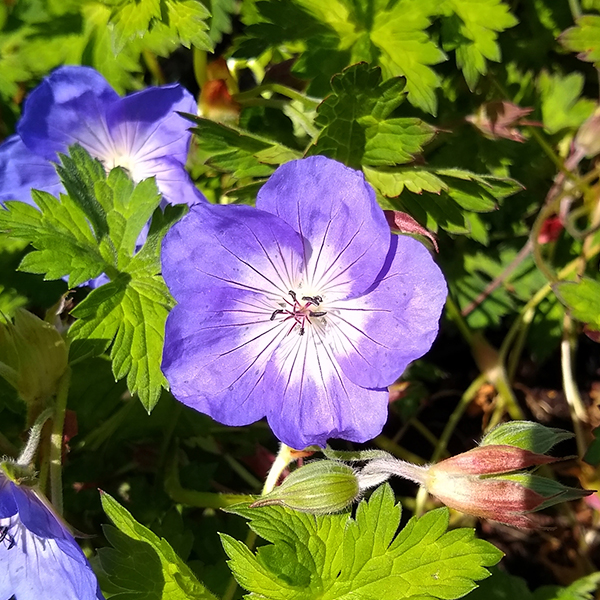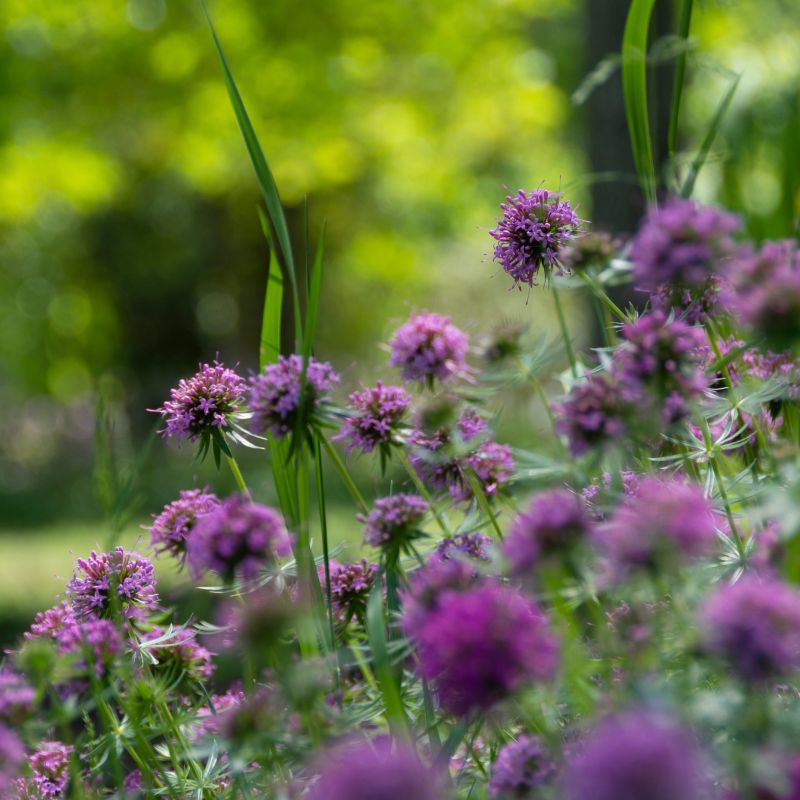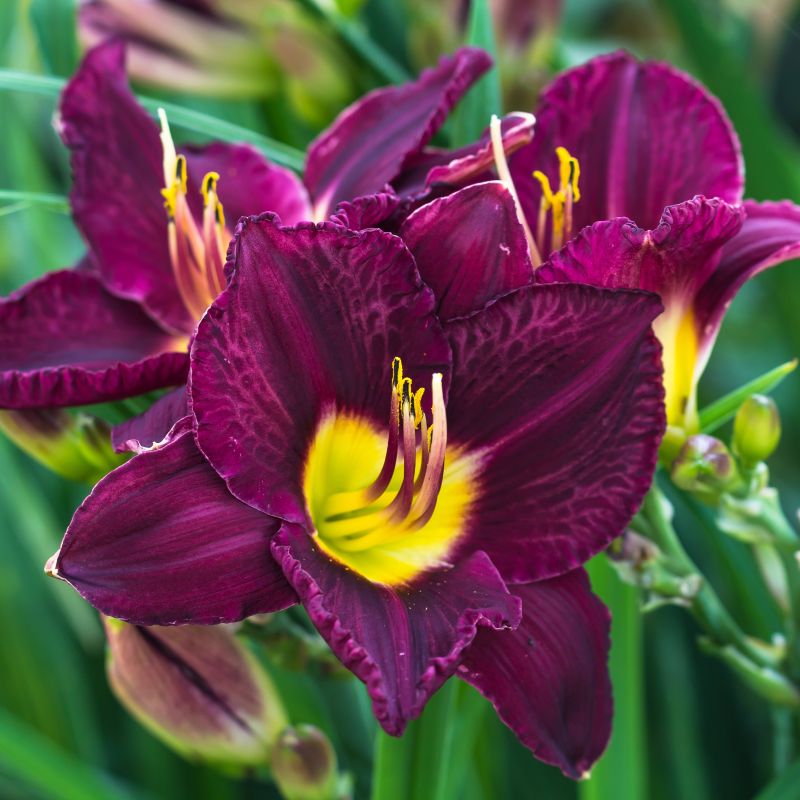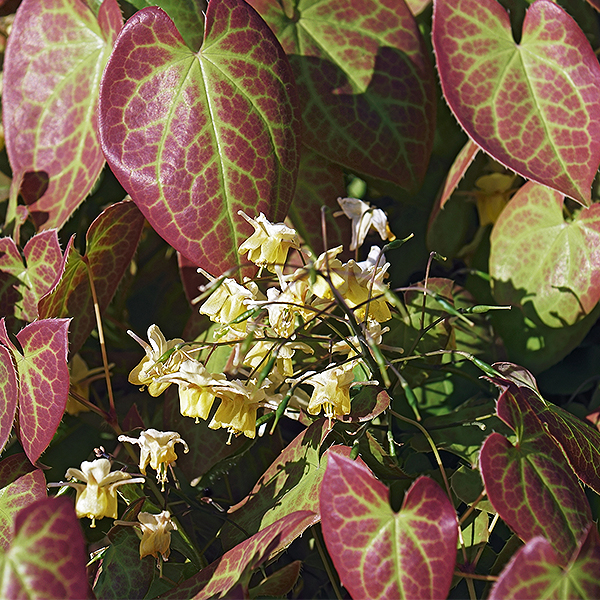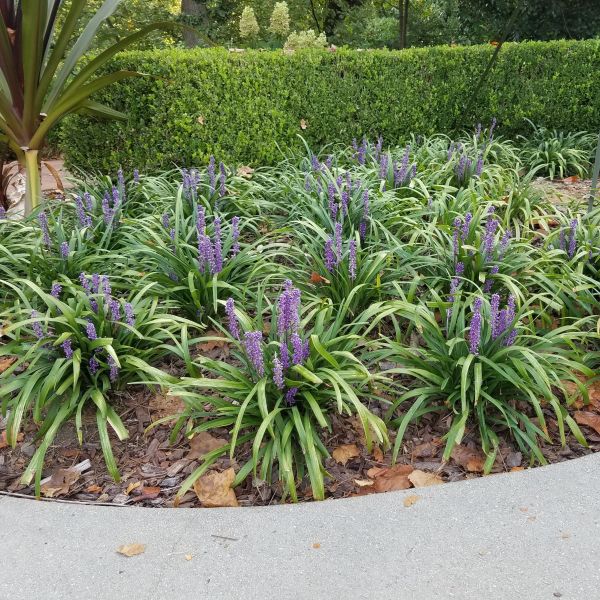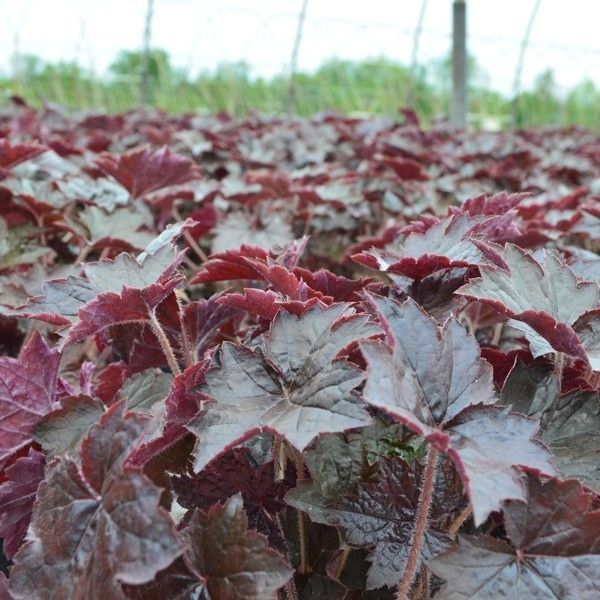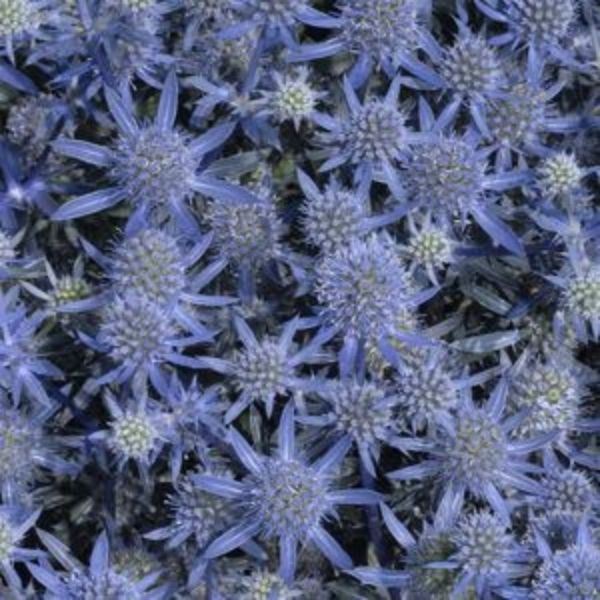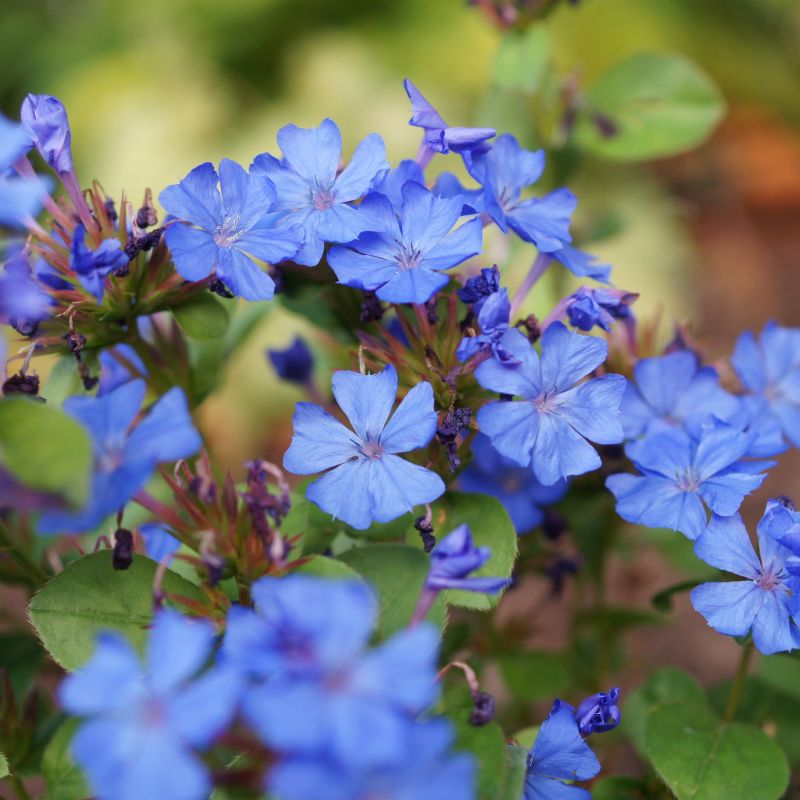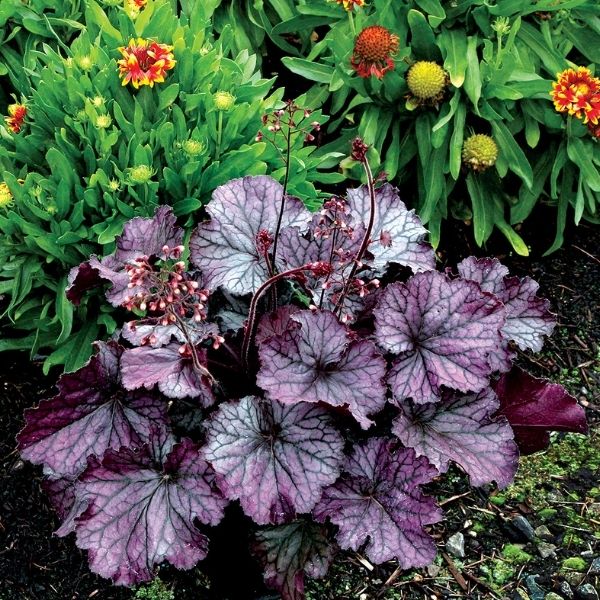
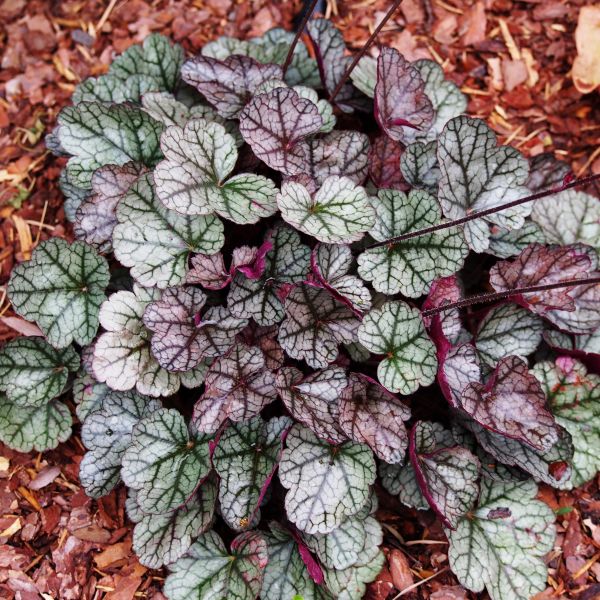
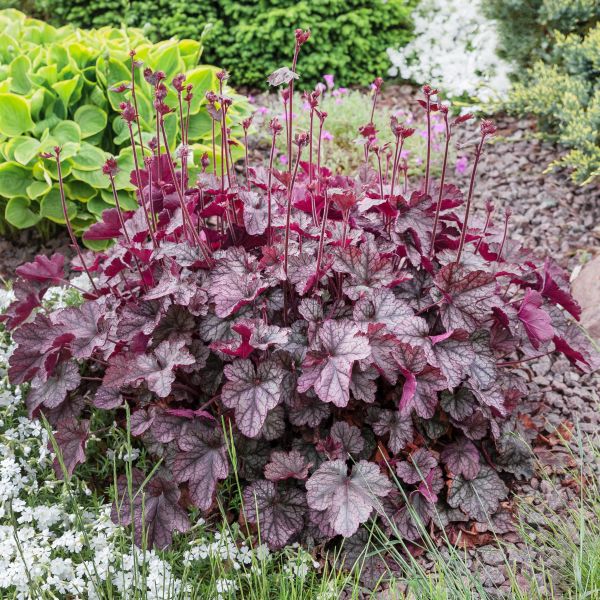
Northern Exposure Purple Coral Bells
Heuchera x 'TNHEUNEP'
37 reviews
Northern Exposure Purple Coral Bells
Heuchera x 'TNHEUNEP'
37 reviews
- Tolerant of a wide range of soil types and conditions
- Eye-catching purple foliage adds color to garden beds and borders
- Drought and heat tolerant once established
- Recommended by landscape designers for optimal fit in real yards
$45.00
$65.00
30% Off
- Ships to 43215 in 3 to 7 days
- Free Shipping Over $150
- Plant Arrival Guarantee
- In Stock
- Free Plant Consult
$200 - Landscape-Approved: Every Plant We Sell Comes With Design Expertise Behind It
Premium 1 Gallon
Not just beautiful - intentionally selected by ShrubHub's 3D landscape design team to fit real-world spaces and maximize yard potential.
Why Northern Exposure Purple Coral Bells?
Northern Exposure Purple Coral Bells are a stunning addition to any garden with their vibrant purple foliage that provides year-round interest. These cold-hardy plants are perfect for northern climates, thriving in cooler temperatures and even tolerating frost. Their compact size makes them ideal for borders or containers, and they attract pollinators with their delicate blooms in summer.
People who loved this plant also bought
Sunlight
Northern Exposure Purple Coral Bells prefer partial to full shade but can tolerate some direct sunlight in cooler regions. They thrive in locations with morning sun and afternoon shade, or dappled sunlight throughout the day. Providing some protection from
Watering
Northern Exposure Purple Coral Bells require regular watering to keep the soil consistently moist. They prefer well-draining soil and should be watered deeply but infrequently to prevent root rot. During hot summer months, more frequent watering may be nec
Fertilizing
Northern Exposure Purple Coral Bells require a balanced fertilizer with a higher nitrogen content in the spring to promote lush foliage growth. A slow-release fertilizer applied once a month during the growing season is recommended to keep the plant health
Northern Exposure Purple Coral Bells
The Northern Exposure Purple Coral Bells, also known as Heuchera x 'TNHEUNEP', is a versatile perennial plant that is a great addition to any garden or landscape. This variety of Coral Bells is known for its striking purple foliage that adds a vibrant splash of color to any space.
These plants are relatively low maintenance and thrive in partial shade to full sun, making them a great choice for a variety of growing conditions. They also produce delicate bell-shaped flowers on tall stalks that attract pollinators like bees and butterflies.
The Northern Exposure Purple Coral Bells have a compact growth habit and are perfect for adding texture and color to borders, containers, or rock gardens. They are also deer resistant, making them a great option for gardens with wildlife browsing concerns.
Overall, the Northern Exposure Purple Coral Bells is a beautiful and hardy plant that will add interest and beauty to any outdoor space.
Plant Information:
| Botanical Name: | Heuchera x 'TNHEUNEP' |
| USDA Zones: | 3 - 10 |
| Water: | Moderate |
| Exposure: | Full Sun |
| Soil Needs: | Well Drained |
| Mature Height: | 12 inches |
| Mature Spread: | 18 - 20 inches |
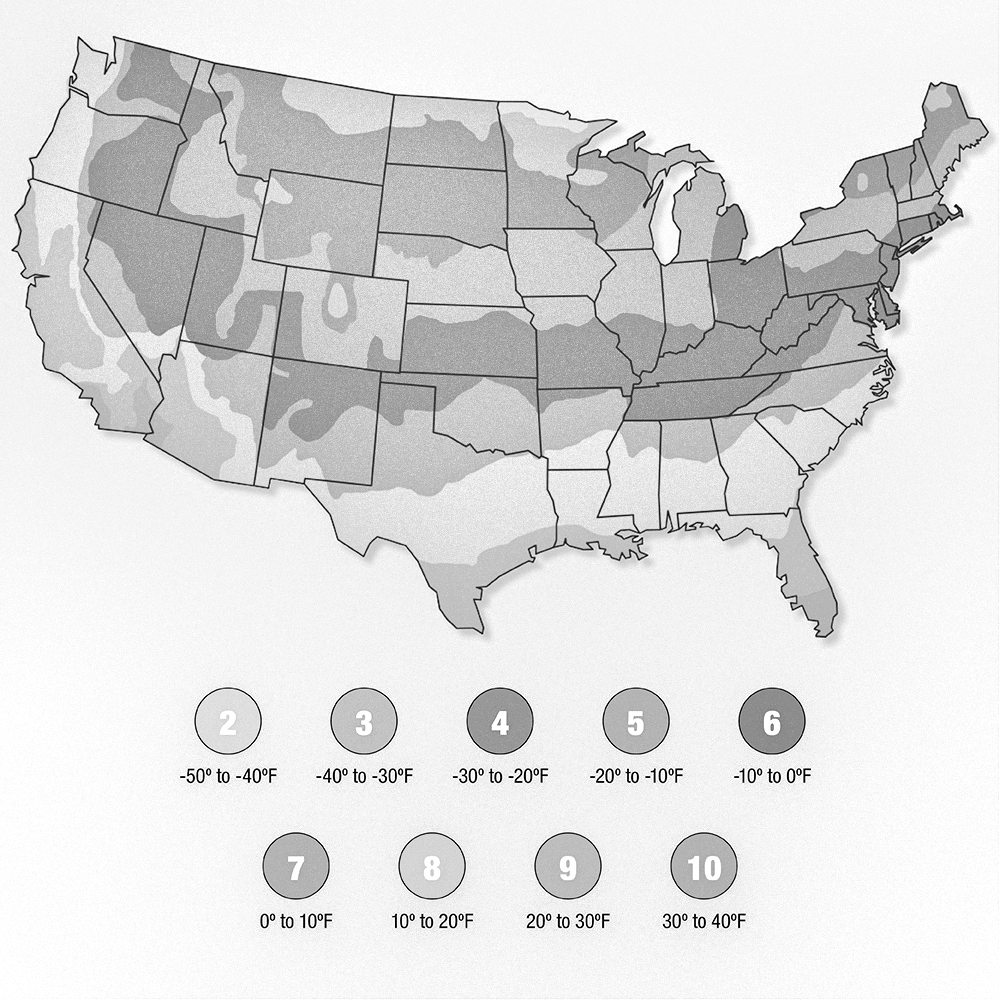

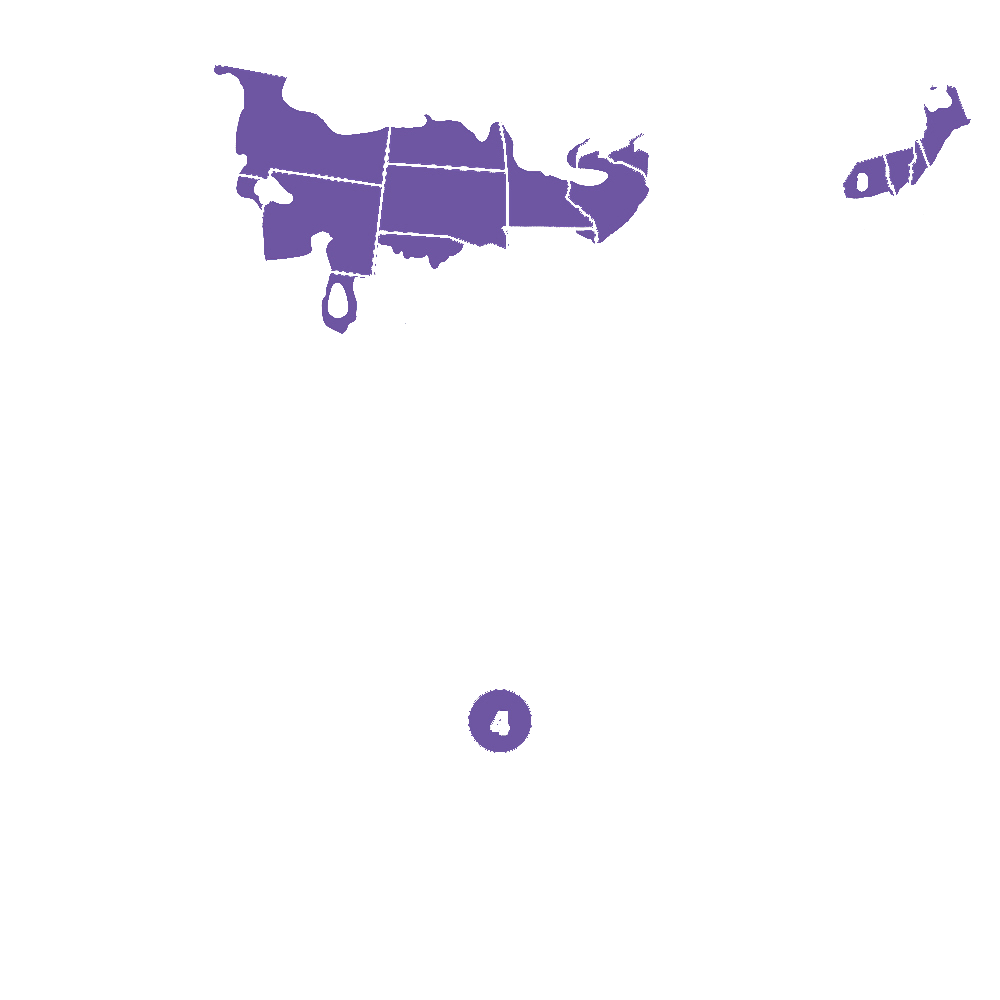
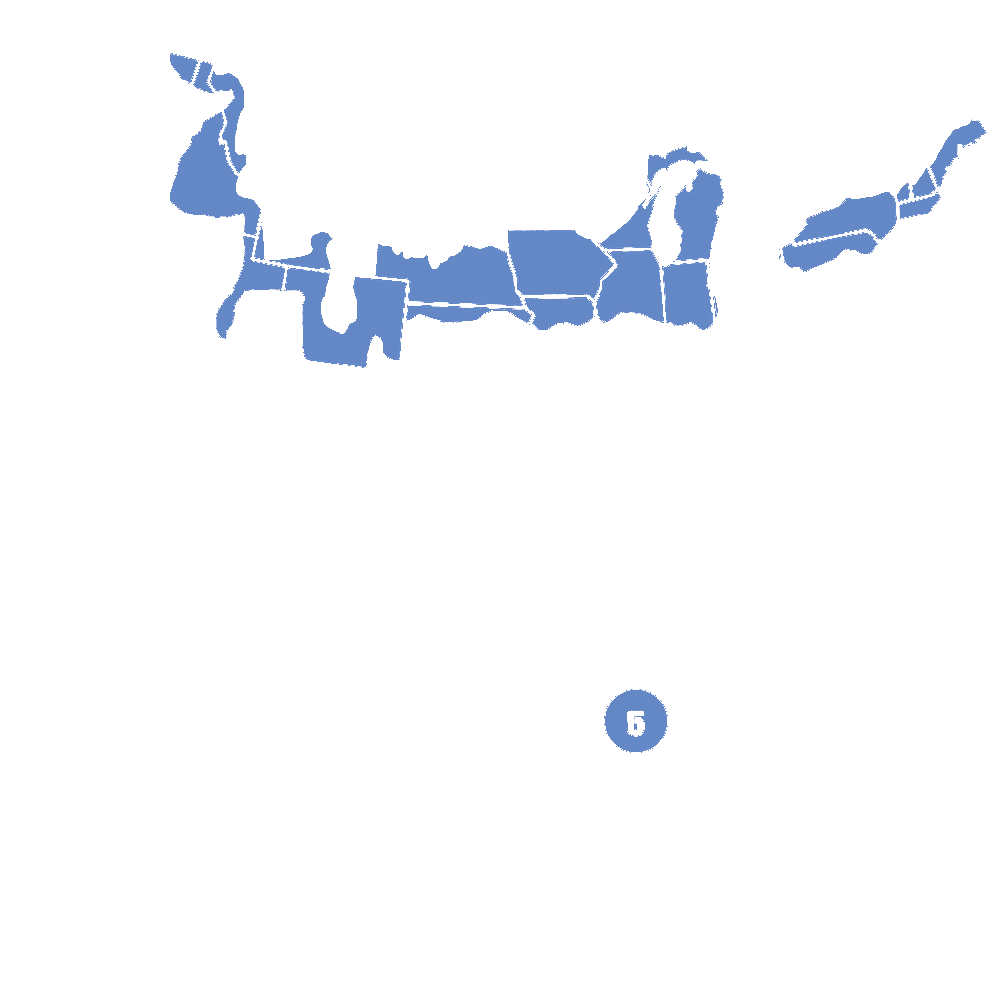
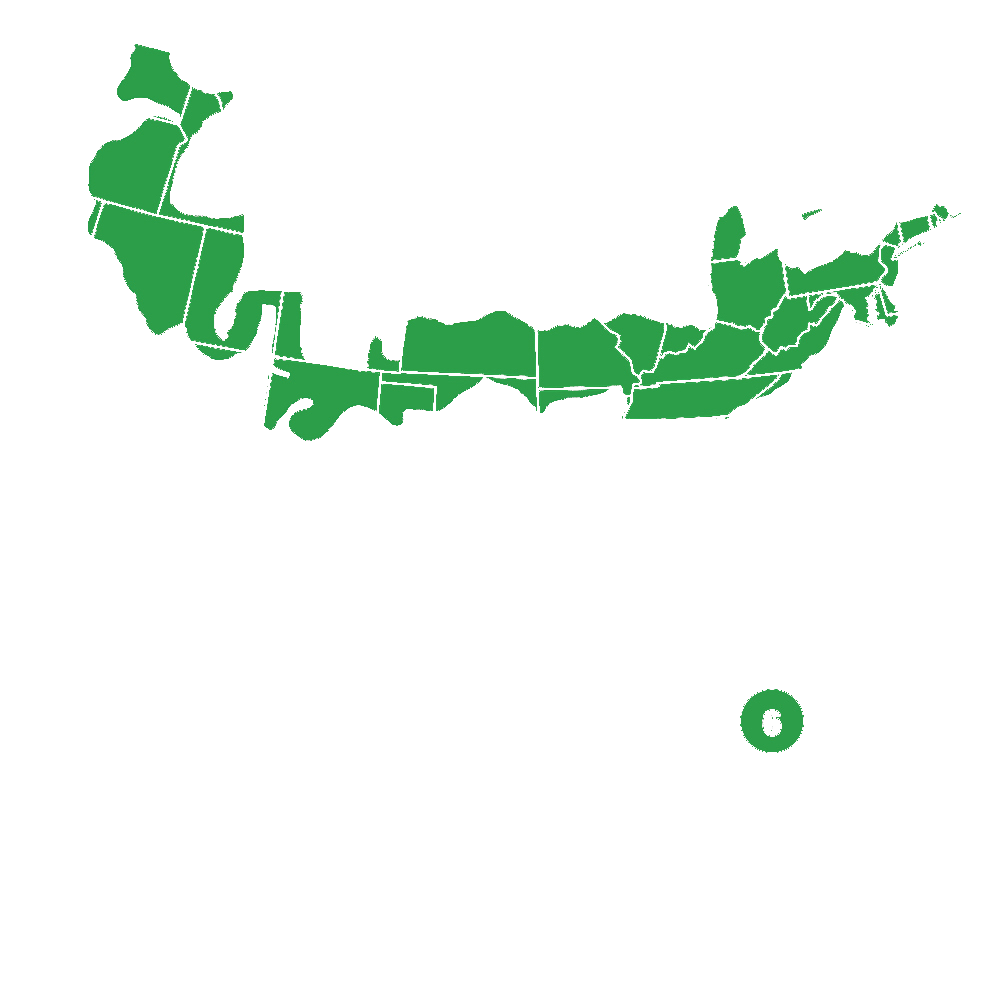
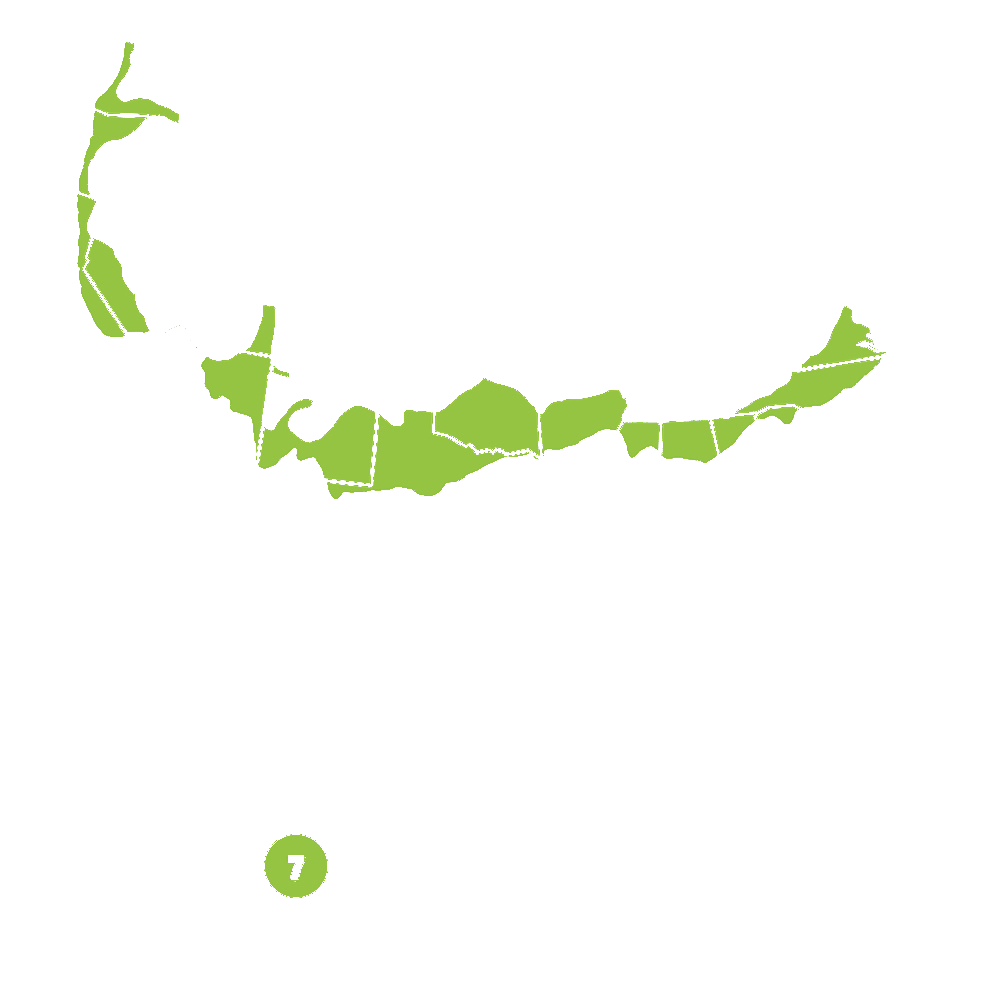
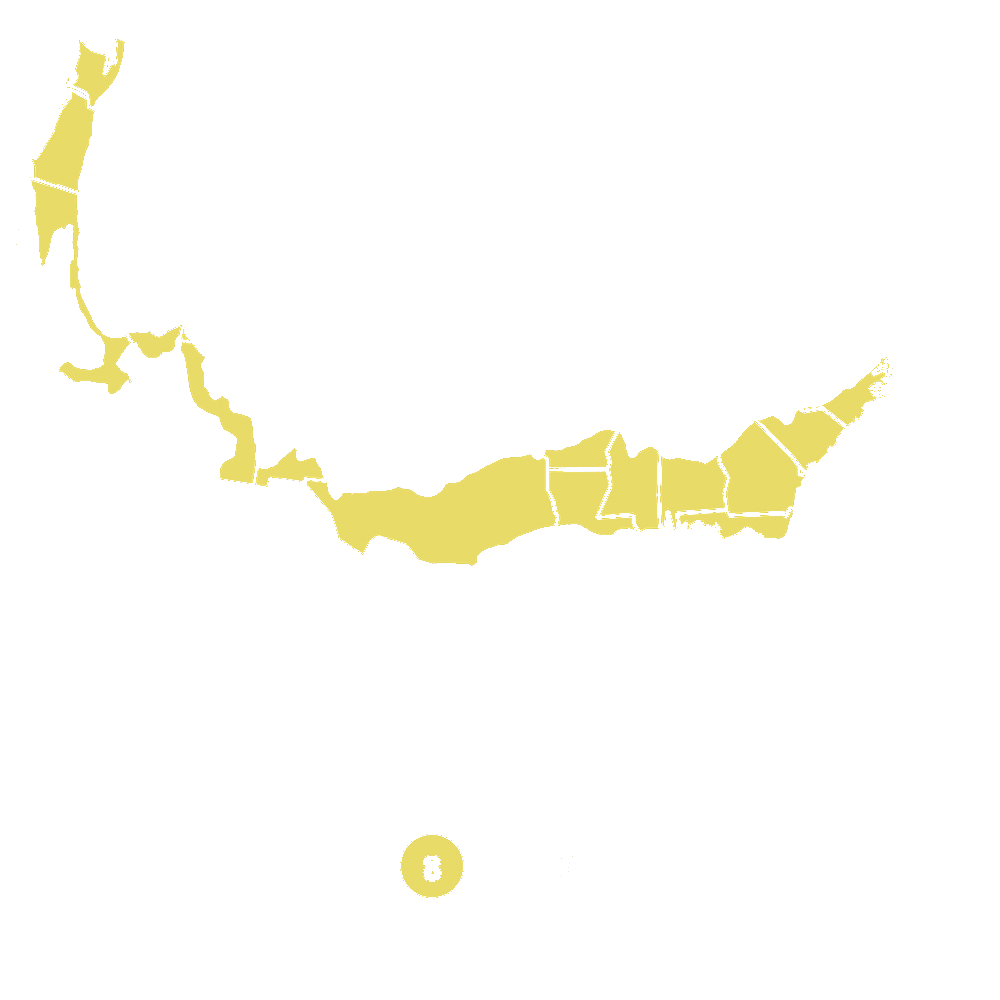
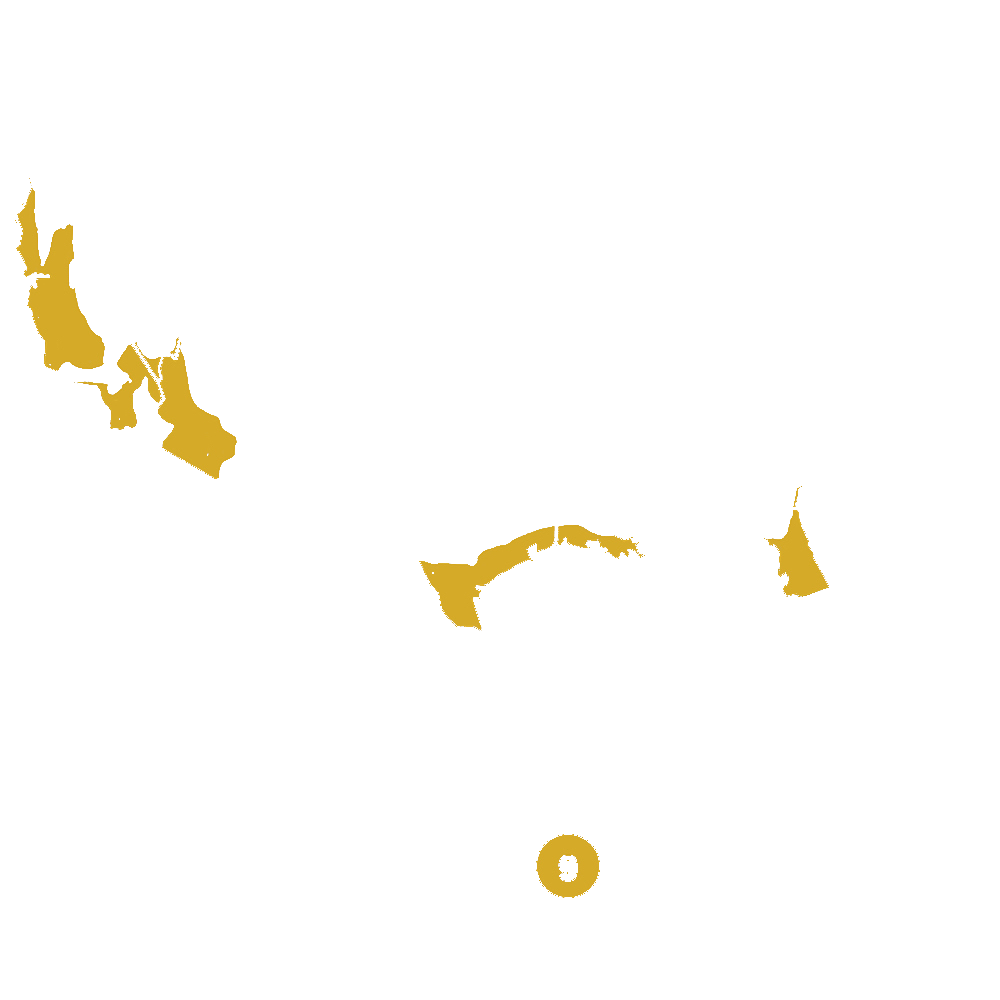
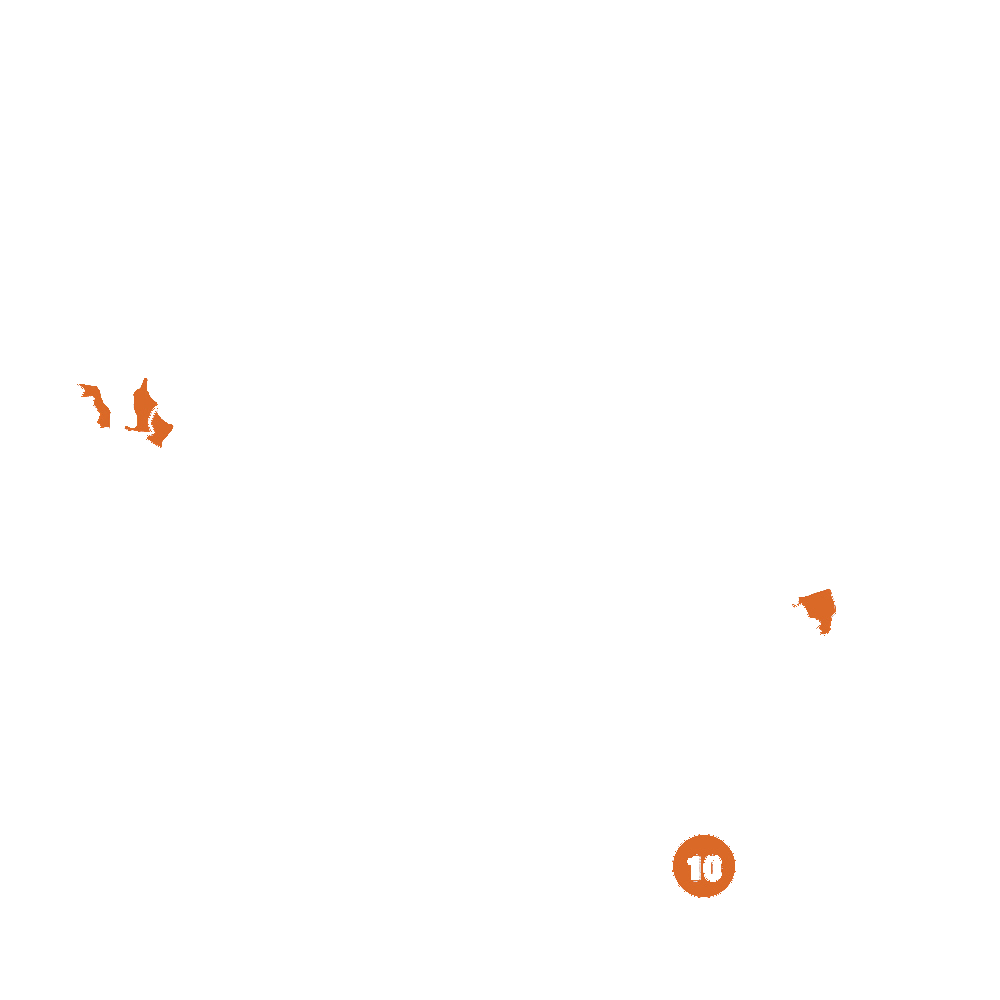
Pollination Info
Pollination Information for Northern Exposure Purple Coral Bells
The Northern Exposure Purple Coral Bells (Heuchera x 'TNHEUNEP') is a beautiful flowering plant that attracts pollinators such as bees, butterflies, and hummingbirds. The plant produces tiny, bell-shaped flowers in shades of purple that are highly attractive to these pollinators.
These pollinators play a crucial role in the reproduction of the plant, as they help transfer pollen from one flower to another, leading to the production of seeds. In the case of the Northern Exposure Purple Coral Bells, pollination is essential for the plant to continue growing and producing beautiful flowers.
To encourage pollination in your garden, provide a variety of nectar-rich plants to attract bees, butterflies, and hummingbirds. Avoid using pesticides that can harm these beneficial pollinators. By creating a pollinator-friendly environment, you can help support the growth and reproduction of plants like the Northern Exposure Purple Coral Bells.
FAQ
Northern Exposure Purple Coral Bells (Heuchera x 'TNHEUNEP') FAQ
What are the growing conditions for Northern Exposure Purple Coral Bells?
Northern Exposure Purple Coral Bells grow best in well-draining soil with partial to full shade. They can tolerate some morning sun but prefer afternoon shade. They are hardy in zones 4-9.
How often should I water Northern Exposure Purple Coral Bells?
Water your Purple Coral Bells regularly, making sure the soil is consistently moist but not waterlogged. Watering frequencies will vary depending on your climate and soil conditions.
How big do Northern Exposure Purple Coral Bells grow?
These plants typically grow 12-15 inches tall and 12-18 inches wide. They have a mounding growth habit and are known for their attractive foliage.
Do I need to fertilize Northern Exposure Purple Coral Bells?
It is recommended to fertilize Purple Coral Bells in the spring with a slow-release fertilizer. Be careful not to over-fertilize, as this can lead to leggy growth and reduced flowering.
Do Northern Exposure Purple Coral Bells attract pollinators?
Yes, these plants produce small, bell-shaped flowers that are attractive to bees and hummingbirds. They can help support pollinator populations in your garden.
How do I propagate Northern Exposure Purple Coral Bells?
You can propagate Purple Coral Bells by division in the spring or fall. Simply dig up the plant, separate the clumps, and replant them in a new location. You can also propagate them from seed, although this method can be more challenging.
Are Northern Exposure Purple Coral Bells deer-resistant?
Yes, Heuchera plants are generally considered deer-resistant. However, no plant is completely deer-proof, so it's always a good idea to observe your specific deer population's behavior.
Do I need to prune Northern Exposure Purple Coral Bells?
Deadheading spent flowers can help promote additional blooms and keep the plant looking tidy. You can also remove any damaged or dead foliage throughout the growing season.
Planting & Care
Planting & Care for Northern Exposure Purple Coral Bells (Heuchera x 'TNHEUNEP')
Planting: Northern Exposure Purple Coral Bells thrive in well-drained soil in full to partial shade. Choose a location with good air circulation to prevent any fungal diseases. Dig a hole slightly larger than the plant's root ball and gently loosen the roots before planting. Backfill the hole with soil and water thoroughly.
Watering: Keep the soil consistently moist, but not waterlogged. Water deeply once a week during dry spells. Mulch around the base of the plant to help retain moisture and suppress weeds.
Fertilizing: Feed Northern Exposure Purple Coral Bells with a balanced, slow-release fertilizer in spring. Avoid over-fertilizing as this can lead to leggy growth.
Pruning: Trim off any dead or damaged leaves as needed. This will help promote new growth and improve the overall appearance of the plant.
Dividing: Over time, Northern Exposure Purple Coral Bells may become overcrowded. Divide the plant every 3-4 years in spring or fall to rejuvenate it and promote healthy growth.
Pests & Diseases: Keep an eye out for common garden pests such as aphids and slugs. Treat any infestations promptly with organic or chemical insecticides. Fungal diseases like powdery mildew can be prevented by ensuring proper air circulation and avoiding overhead watering.
By following these planting and care tips, your Northern Exposure Purple Coral Bells should thrive and provide beautiful color and texture to your garden.
Check Out These Verified Customer Reviews:
Customer Reviews
4.8 out of 5 based on 37 reviews
Thank you! Your review has been submitted.
The Northern Exposure Purple Coral Bells I received were exactly as described - beautiful and healthy. The color is stunning and adds a pop to my garden.
Northern Exposure Purple Coral Bells exceeded my expectations. Gorgeous addition to my yard.
Northern Exposure Purple Coral Bells is a must-have for any garden enthusiast. Highly recommend!
Item has been added to your cart.

